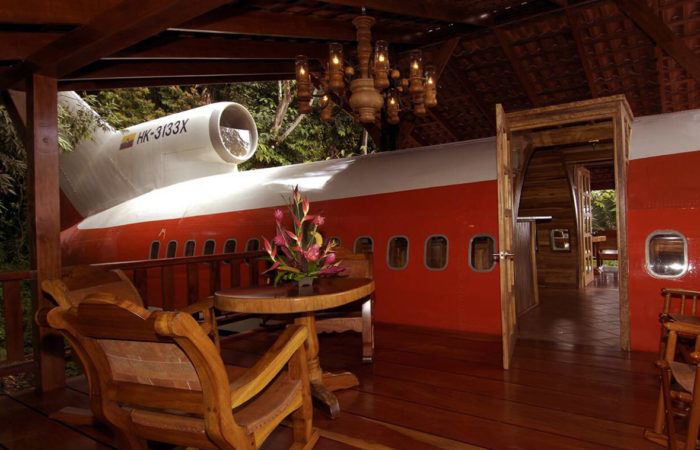Deep within the forest of Sira Village, West Papua, nearly 100 young Indigenous Leaders gathered this September for the Forest Defenders Camp. They came from across the region as well as the Brazilian Amazon, the Congo Basin, and Borneo. Organized by the Knasaimos Indigenous Youth Community, Bentara Papua, and Greenpeace Indonesia, the four-day camp was a seminal moment for the growing solidarity among Indigenous youth from the world's largest tropical forests.
At the opening ceremony, Nabot Sreklefat of the Knasaimos Indigenous Youth Community found the presence of representatives from across major rainforest regions deeply inspiring.
Shamefully, the voices of young people, especially Indigenous Peoples, are routinely marginalised in decision-making. My hope is that from this camp of forest defenders, our voices will reach the national and international stage.
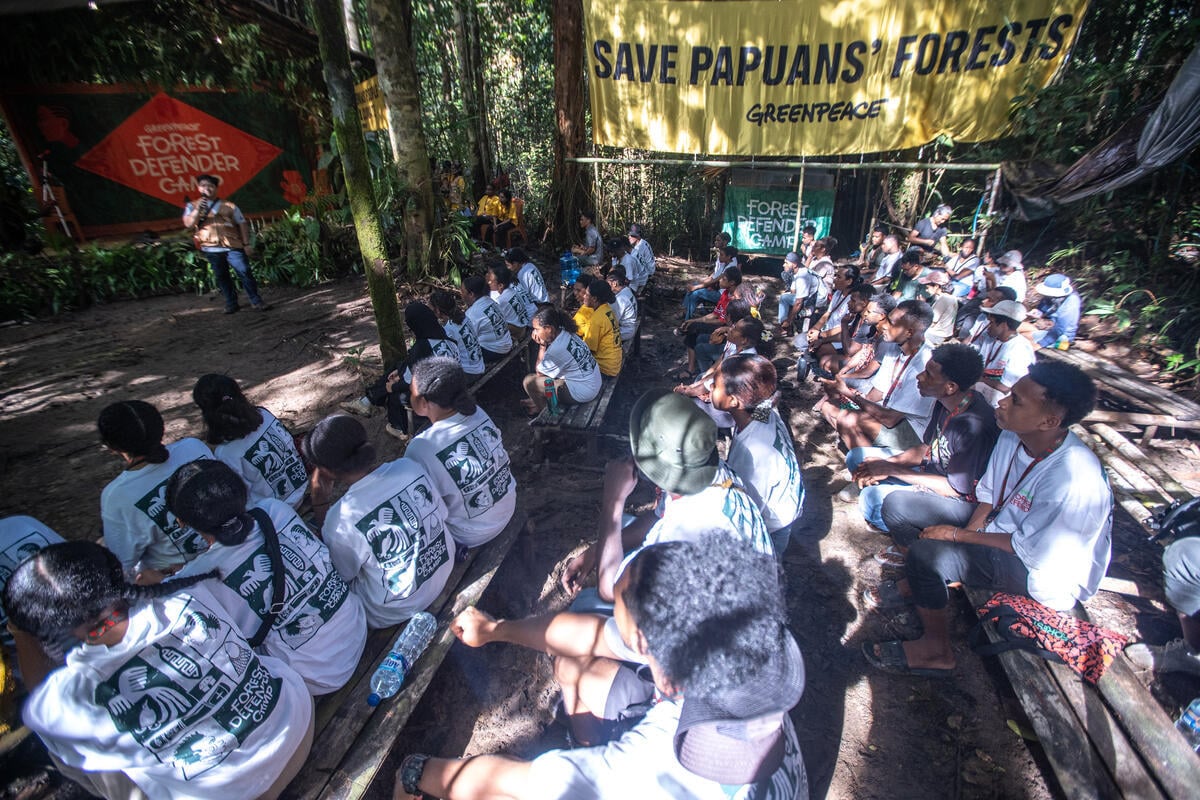
"Without a doubt, it is a truly incredible experience. To travel halfway across the world, directly from the Brazilian Amazon, and be here, witnessing all of this up close, is a great privilege for me. Regardless of where we are, the struggle of Indigenous Peoples continues. We continue to defend the forest, defend our home, and seek recognition that we are the defenders of the forest.
It takes a village
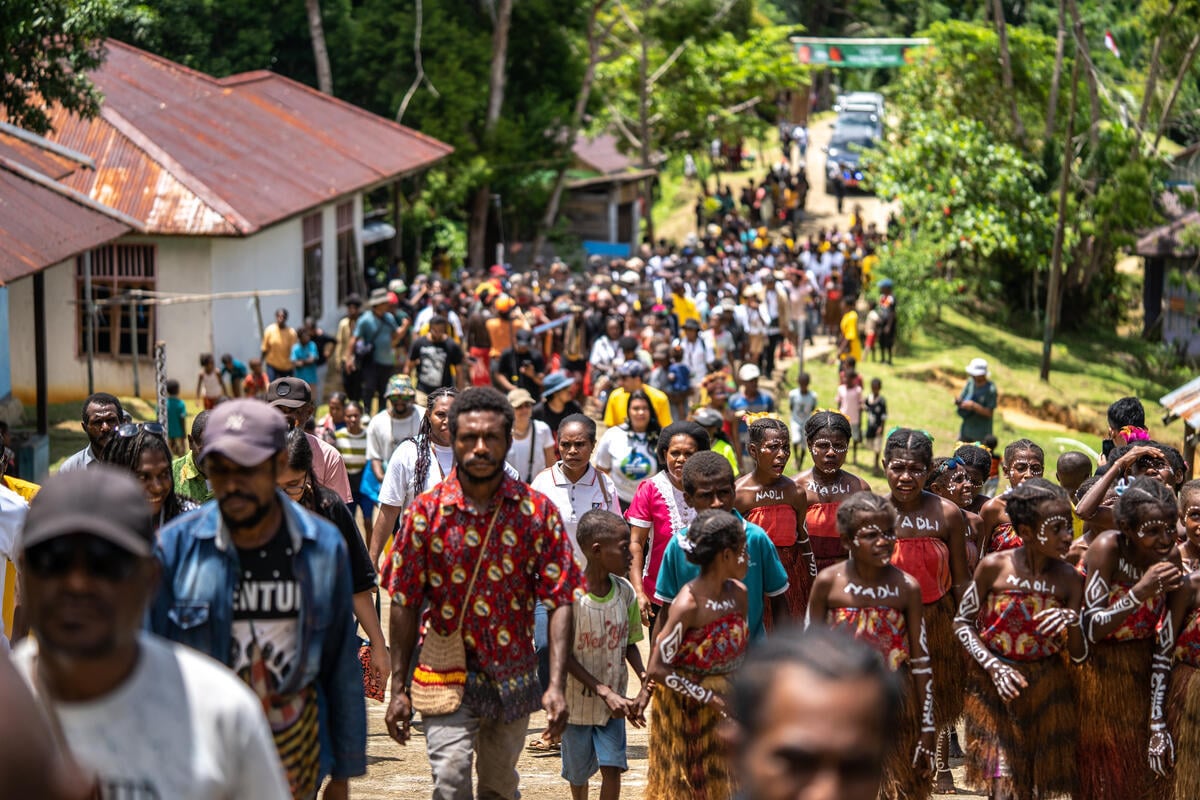
Months in the making, the camp was held in Sira Village, on the Indigenous Forest Territory of the Tehit Knasaimos people. The Tehit Knasaimos community has been a beacon of resistance and survival for decades-successfully chasing illegal loggers from their lands, rejecting proposed industrial oil palm plantations and more. However, like much of West Papua and tropical forests around the world, this community faces a relentless push from government settlement schemes, loggers and agribusiness.
It's no wonder that members of Sira Village were invested in not only hosting but celebrating the momentous gathering of young activists. On the morning of its start, Sira Village welcomed the participants with traditional song and dance performances, as well as refreshments. It was a joyful and auspicious event, full of hope and a sense of kinship among new friends.
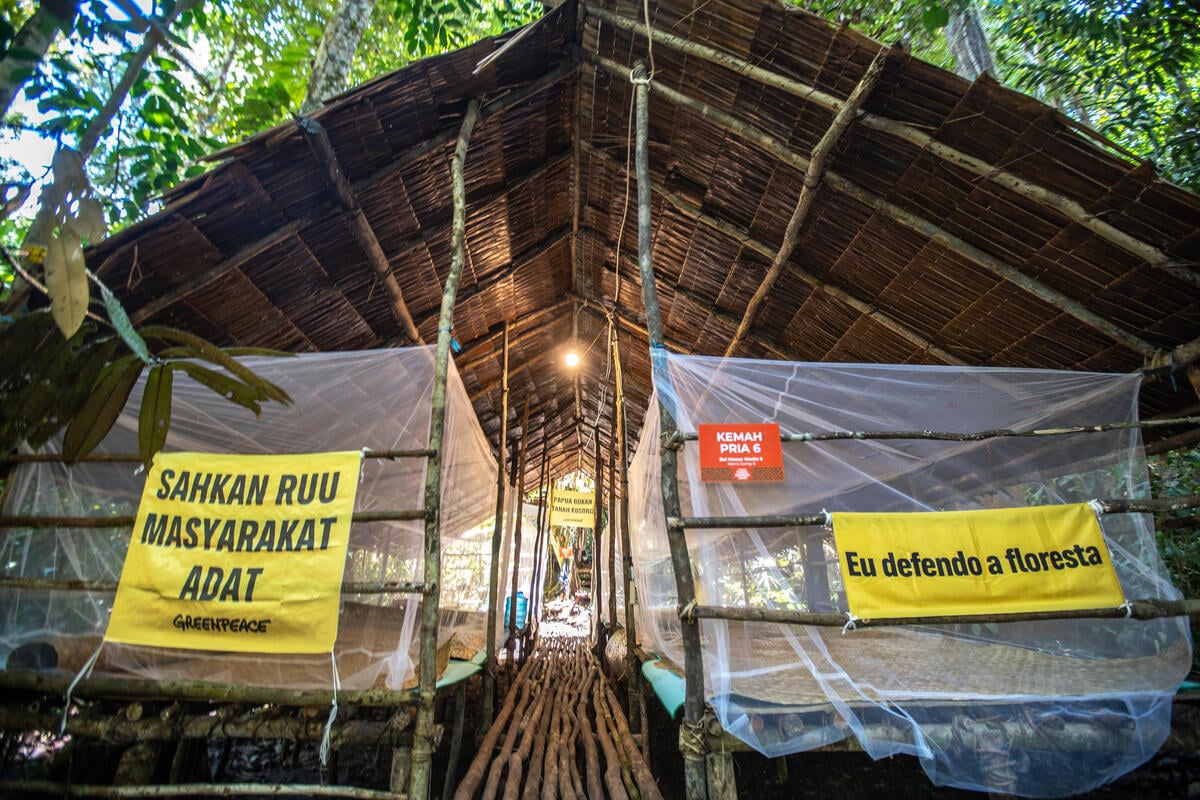
What's more, the camp was built by the mothers, fathers, sisters and brothers of the village using traditional materials from the forest like bamboo, thatch, bark, wood and rattan. During the course of the gathering, the village prepared delicious meals made with native foods like sago, yams, plantains and more for the youth participants. In these ways, the camp epitomised the values of care, sustainability and living in harmony with the forest.
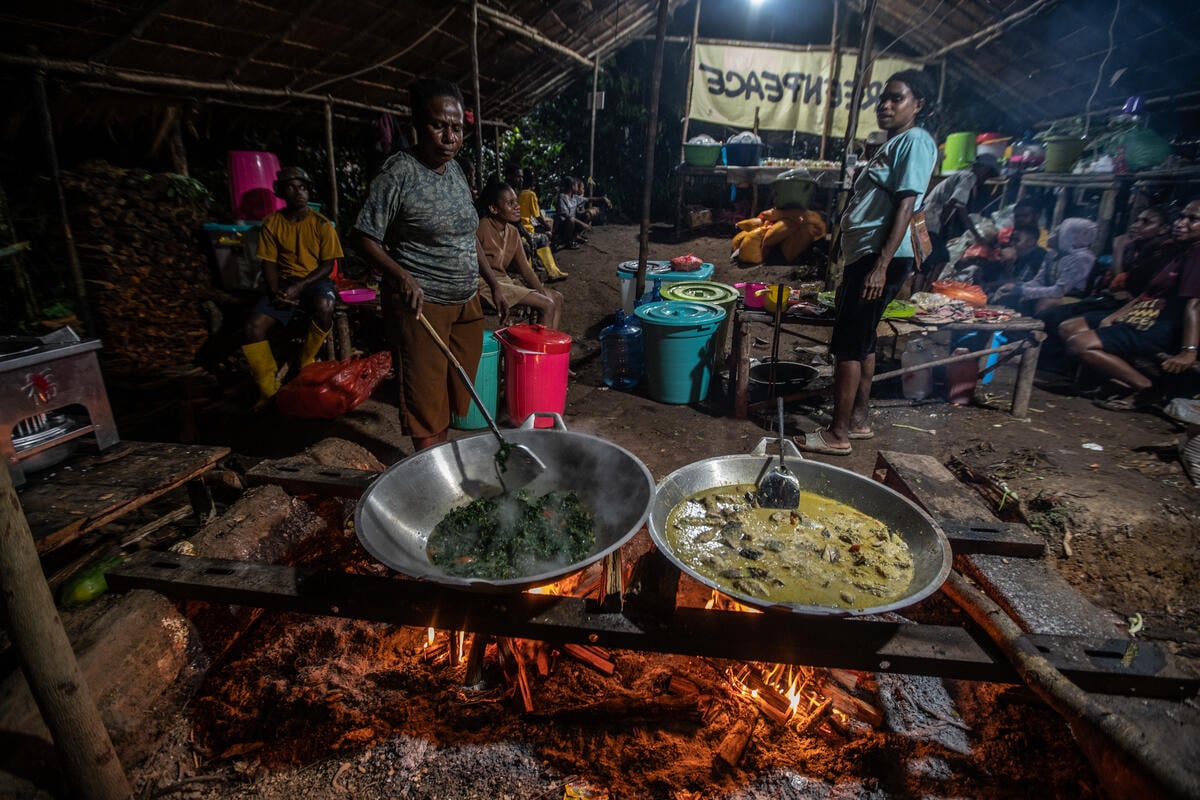
Building a bridge
For Indigenous Peoples from the world's major tropical forest regions, the Forest Defender Camp was the latest in a series of important gatherings this year. In May, Indigenous Leaders held the First Global Congress of Indigenous Peoples and Local Communities (The Congress) from the Forest Basins in Brazzaville, Republic of Congo.
The gathering delivered the Brazzaville Declaration, a unified call for forest-protection across Africa, Asia, Mesoamerica, and South America. Together, these four regions are home to over two-thirds of remaining tropical forests, and are vital carbon sinks that we must preserve to prevent runaway climate change.
Now it was the young people's turn. For four days, the activists shared and learned from one another-using interpreters to translate their thoughts and feelings across French, Indonesian, English, Portuguese and Malay, as well as many Indigenous languages. Surrounded by the echoing calls of insects and birds of paradise, the young leaders spoke passionately about their community's struggles and hardships, and expressed dreams of a future where their forest homes and civilisations could thrive. There were also sessions on storytelling for movements, grassroots organising, traditional medicine and more.
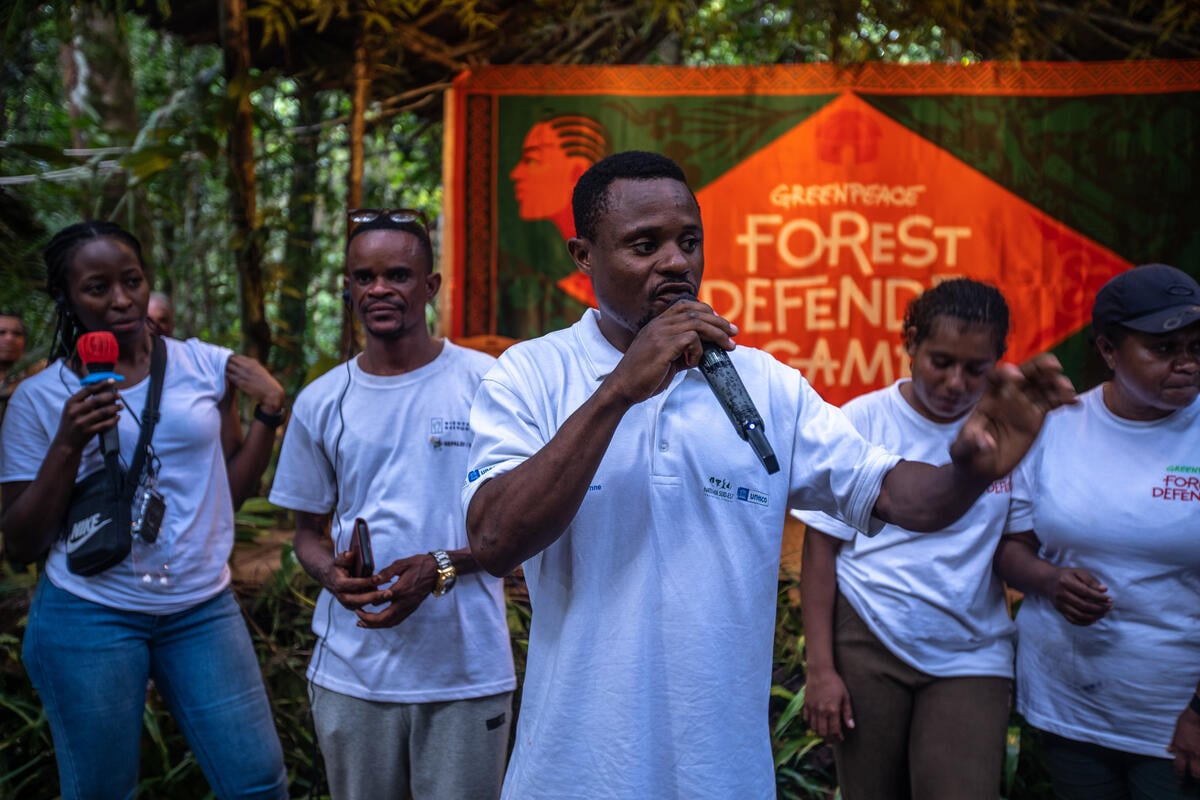
Lerys Nyangono, president of the Association of Young Indigenous People of Cameroon spoke of the bond among the group:
As Indigenous People, we all share the same realities, same struggles and same challenges across our communities. That is why we must work together in solidarity to obtain what we want. It is time for us to act as one and make our voices heard for the preservation of our forest, our home.
The Sira Declaration
Following days of intense dialogue, the youth representatives came to a shared message of demands. Named after the village which hosted its creation, the Sira Declaration calls for the recognition of Indigenous Peoples' rights, bringing particular focus on the inclusion of the youth and women. Calling for the protection of tropical forests, the declaration also points out the many grave injustices and rising threats faced by Indigenous and environmental defenders, and seeks security and direct financing to impacted communities so they can effectively protect themselves and their homes.
The declaration also champions a hopeful vision. While the world seeks answers to the climate and biodiversity crises through shiny techno-fixes, these Indigenous youth assert that the solutions already exist-among their peoples. Solving humanity's crisis with the Earth requires us to change how we live, what we value, and who we listen to. In all these senses, Indigenous communities have a great deal to teach the rest of us.
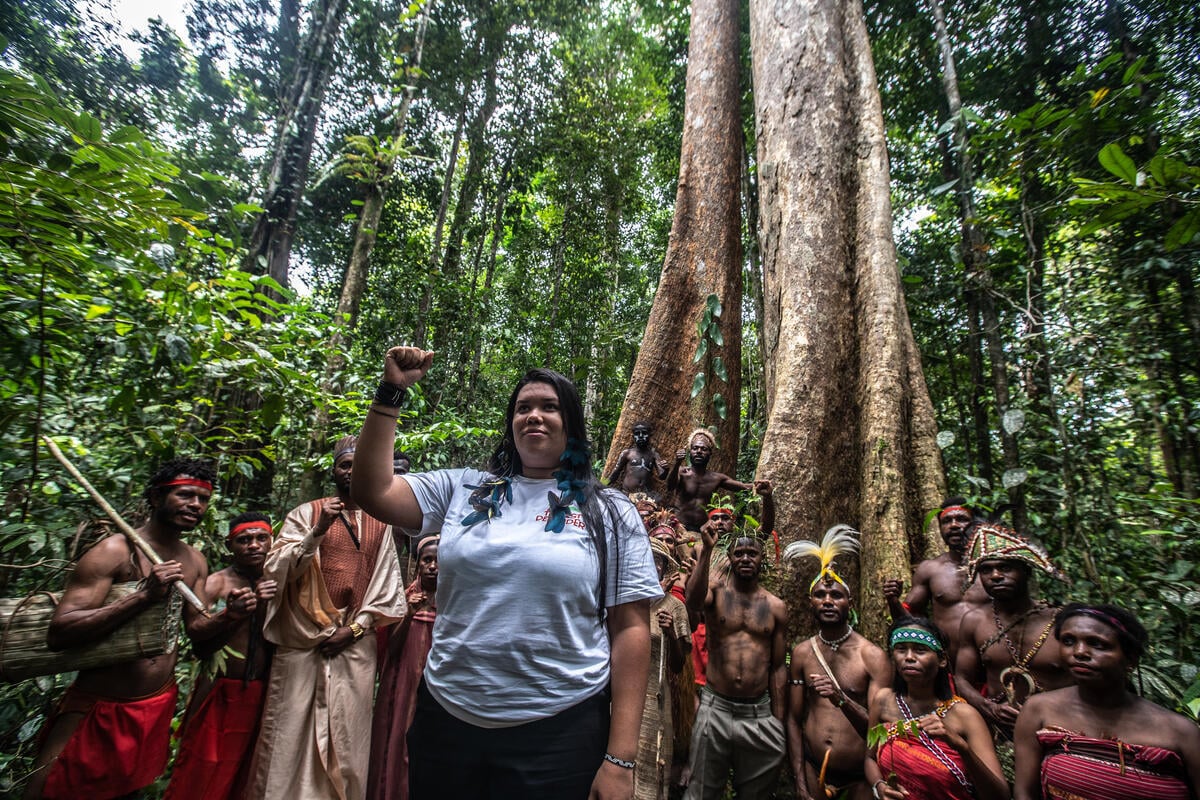
Celine Lim, Managing Director of SAVE Rivers, and member of the Kayan community from Long Pilah, Sarawak, shared her reflections after the gathering:
The way Indigenous Peoples and the rest of the world look at forests is very different. The world sees forests as commodities-but for us, they are life itself. Indigenous Peoples have been the custodians of forests and natural landscapes for generations-doing a much better job than any outside actor. We will not budge. The duty to care for the planet is in our blood, and we will continue to protect our forests, our territories and our land. When we defend our territories, we defend the planet.
It's time for us all to heed the wisdom of Indigenous communities that have not lost their connection with the Earth. Hearing, respecting and standing with Indigenous communities today is central to healing both the world and humanity. Our collective future depends on this change.
Tsering Lama is a Story Manager with Greenpeace International.






